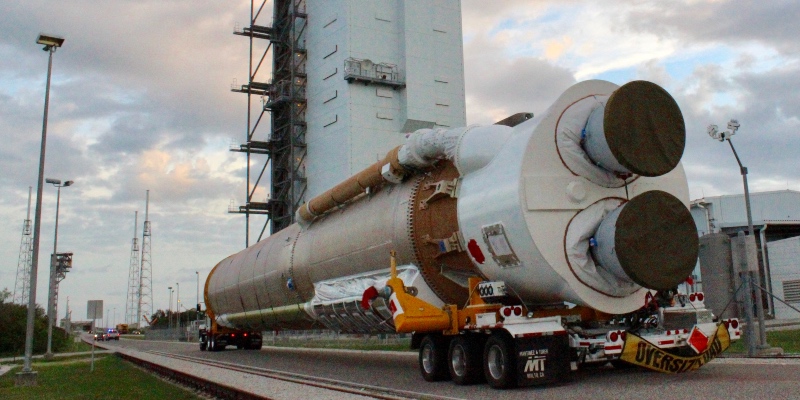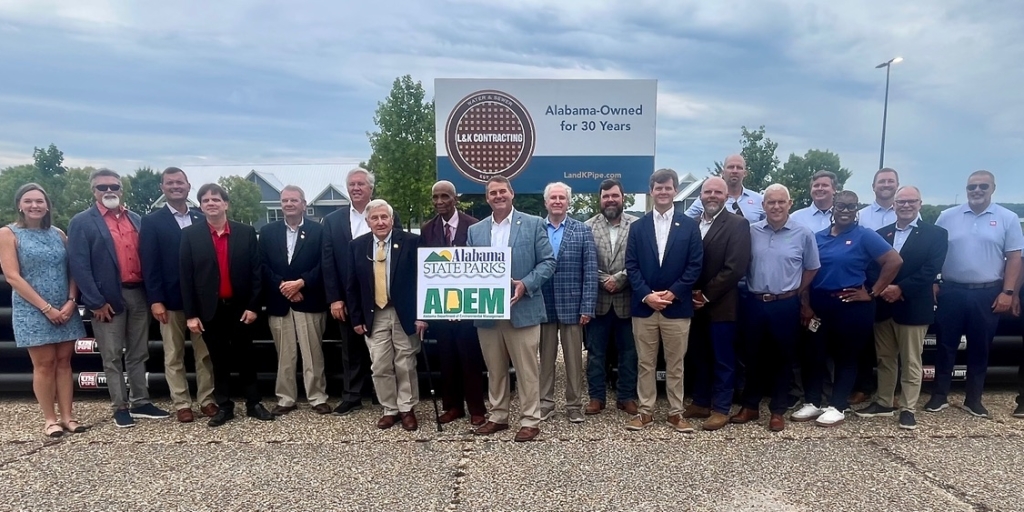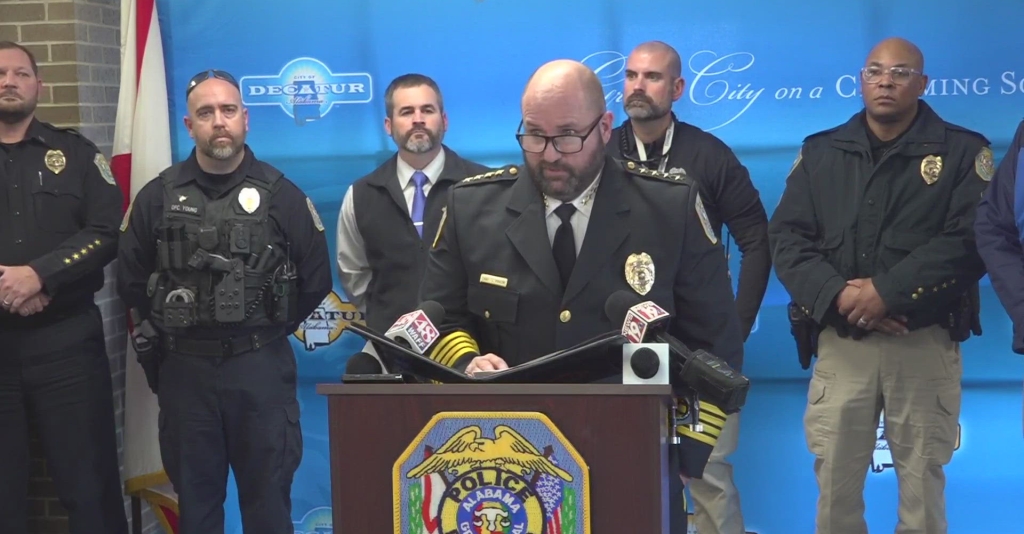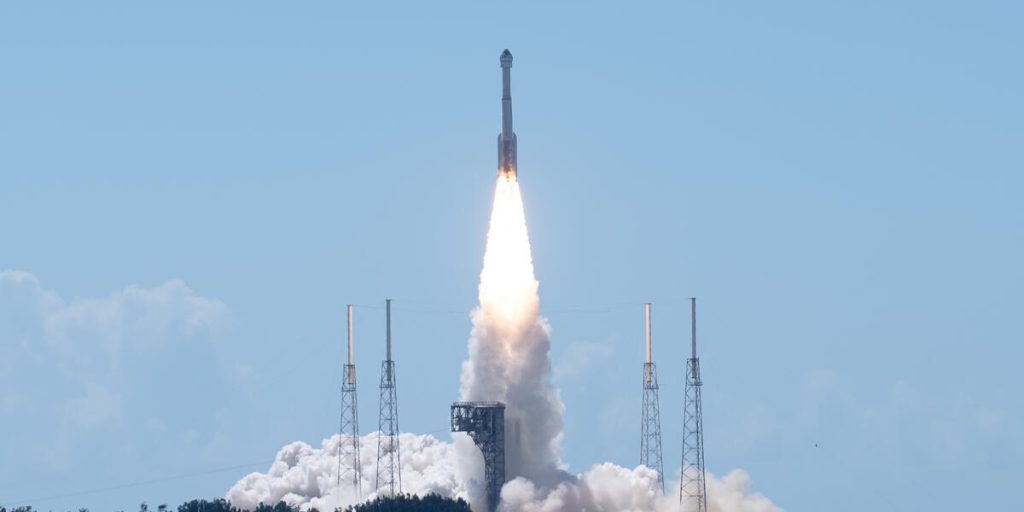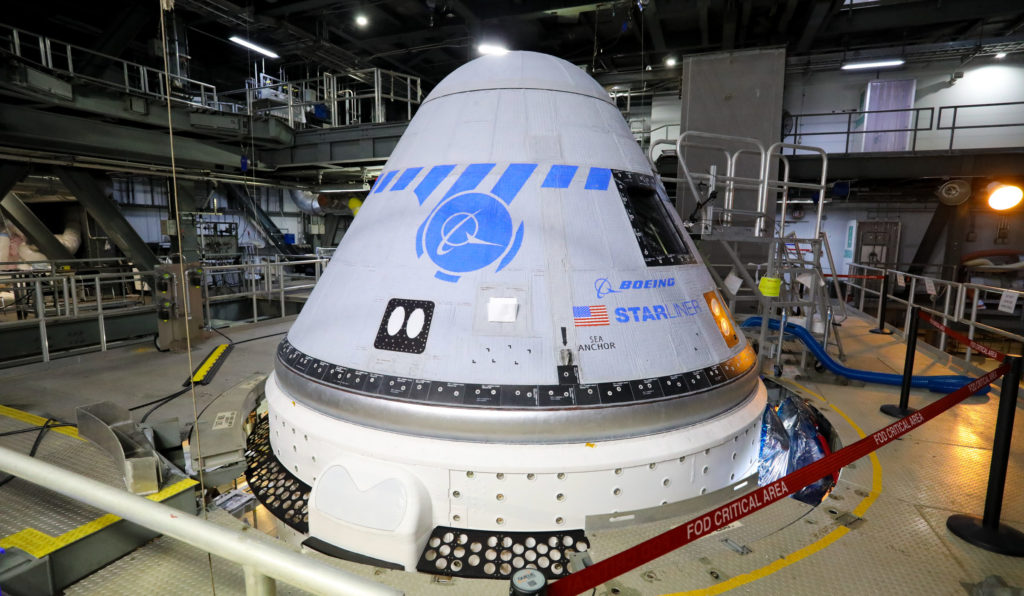Alabama rocket-maker United Launch Alliance (ULA) on Monday celebrated what the company calls “Launch Vehicle on Stand (LVOS) day,” a milestone that officially begins every space launch campaign and signals another important mission is right around the corner.
This time around, the Atlas V rocket, built at ULA’s Decatur campus, is set to launch Boeing’s first CST-100 Starliner capsule on its historic Orbital Flight Test to the International Space Station in December. That mission is scheduled for “no earlier” than December 17.
On Monday at Florida’s Cape Canaveral Air Force Station, the Atlas V common core booster first stage was moved from the holding bay at the Atlas Spaceflight Operation Center (ASOC) and hauled horizontally by semi-truck nearly four miles to the Vertical Integration Facility (VIF).
After a delicate process you can read about here, the launch vehicle is standing vertically on the stand.
Next, the two solid rocket boosters will be brought to the VIF one-by-one and attached to the sides of the first stage. Additionally, the Centaur upper stage will be hoisted atop the rocket and then the Starliner spacecraft will be mounted on the Atlas V.
The fully-assembled, 172-foot-tall rocket will subsequently be transferred aboard the Mobile Launch Platform the one-third-of-a-mile from the VIF to the Space Launch Complex-41 pad in a few weeks for the Integrated Day-of-Launch Test (IDOLT), also known as a Wet Dress Rehearsal (WDR). The rocket will be returned to the VIF briefly after the countdown test to undergo final preps.
Monday also marked Boeing successfully completing the pad abort test, signaling that the crew escape system is functioning as intended in case the capsule ever needed to get away from the Atlas V launch vehicle at any point in its ascent.
Starliner is designed to be the first American-made orbital crew capsule to land on land, which will help make the crew modules reusable up to 10 times.
.@BoeingSpace’s #Starliner spacecraft soared through a critical safety milestone in a major test of its launch abort system this morning. Lots of data analysis ahead, but we are one big step closer to flights with crew! pic.twitter.com/VDWSRt0g34
— NASA Commercial Crew (@Commercial_Crew) November 4, 2019
Sean Ross is the editor of Yellowhammer News. You can follow him on Twitter @sean_yhn




